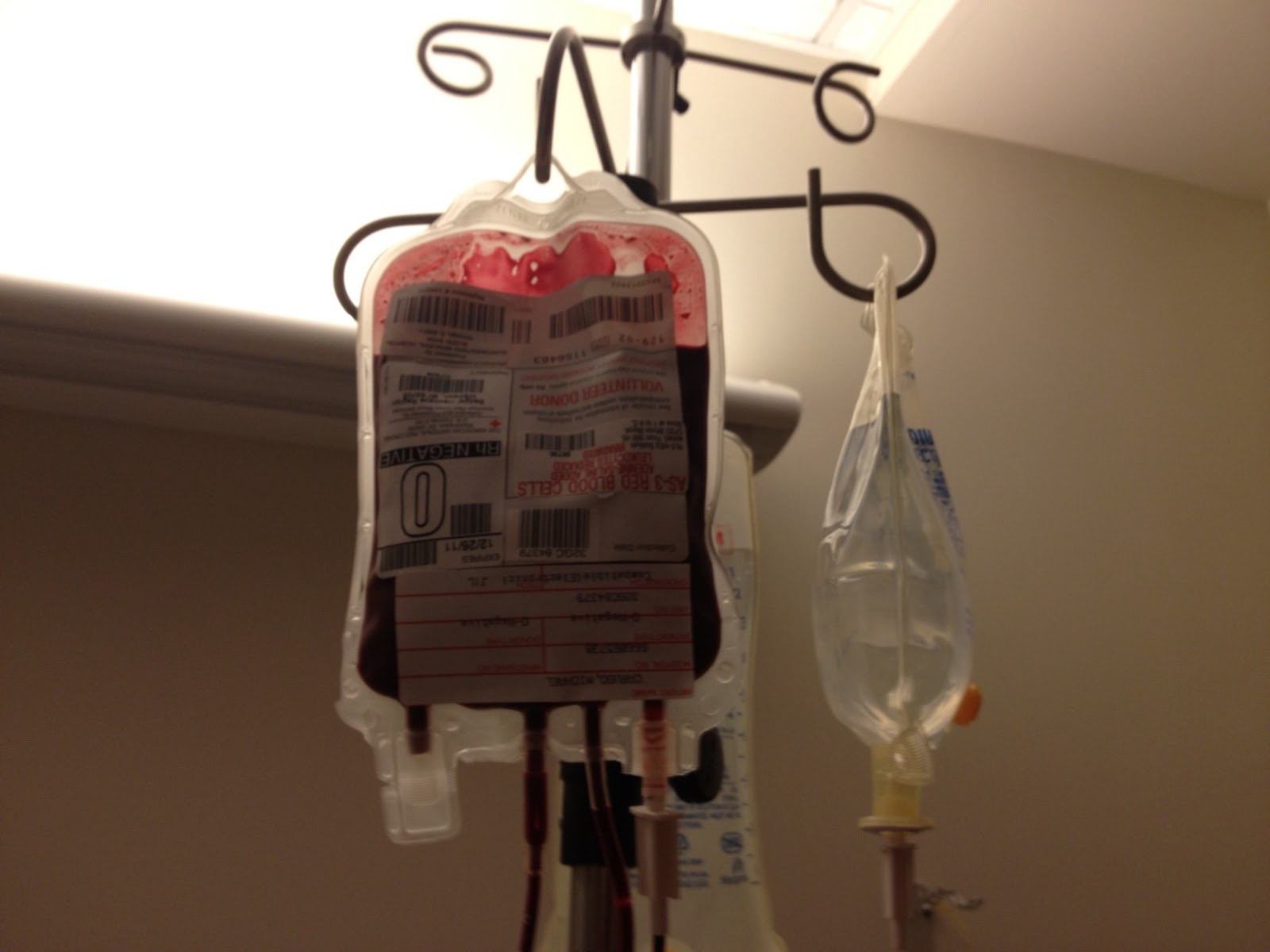Did you know that not all air ambulances carry blood for transfusion during rescue? While almost every US air ambulance carries saline and IV apparatus, blood is hard to carry. There are several limitations while carrying blood in air ambulances. For one, the air ambulance has to carry a huge variety of blood types as you never know the blood type of the victim until it is tested on the spot. This warrants carrying a huge quantity of blood. Then, there are storage problems too. However, Mayo Air Ambulances seem to have got all these issues under control.
Mayo Air Ambulances have been Carrying Blood Since 25 Years
Now, that’s a feat in itself! Not just that, Mayo Air Ambulances were the first in the civilian sphere to carry thawed plasma. The air ambulance service first started carrying thawed plasma in 2009. Mayo Air Ambulances undertake about 1000 flights each year and cover a radius of about 150 miles.
Why should Air Ambulances Carry Blood Products?
Most trauma patients lose huge amounts of blood, so quick replacement helps them stabilize rapidly. Also, with excessive blood loss patients often lose the ability to clot blood. With absence of the clotting mechanism, the wound bleeds unabated, putting the patient in a life-threatening situation. However, a blood product like thawed plasma helps the blood clot, which can mean the difference between life and death.
According to Scott Zietlow who is the medical director of Mayo Air Ambulances, over 30% of trauma victims lose the ability to clot blood.
There are also other methods that Mayo uses to stabilize patients losing huge amount of blood. Apart from the traditional method of tying tourniquets to control bleeding, tranexamic acid is also used. In fact, using tranexamic acid is a standard protocol at Mayo Air Ambulances and has been in practice since 2012.


